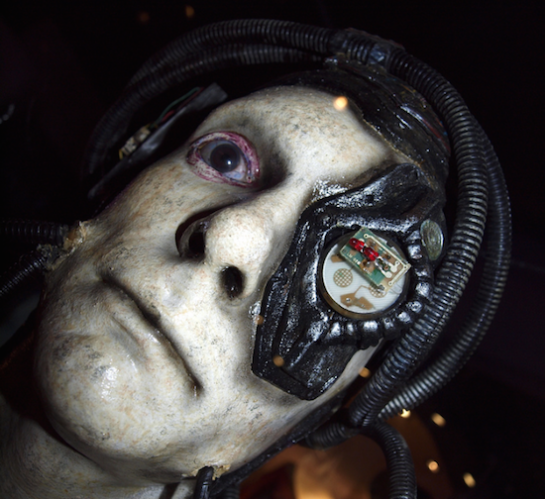Are You Just Another Adjunct Of A Unimatrix?
Are You Just Another Adjunct Of A Unimatrix?
Are you a drone? Are you amenable to being programmed and reprogrammed? Can someone change your behaviours by simply uploading a different code package? Or by swapping out your knowledge database for another one?
Yet how often do you find yourself being treated as if this were true? As if you were no more than a tiny, swiftly replaceable cog in some faceless bureaucratic machine?
What About Adoption?
Methodologists of all stripes seem to behave as if adoption of their shiny method, process or tool were a given. Create a method that promises to “deliver value to customers faster” and then just believe people will find a way to adopt it. Ideally with lots of expensive consultancy as part of the deal. Or, more naively still, believe that people can be reprogrammed through e.g. training, presentations, documentation, change programmes, extrinsic motivators and managerial edicts to change the way they behave.
I have yet to see even a single method that pays any attention at all to the issues of adoption. Uptake. Transition. Let alone to the sustainability of such adoptions.
It’s About Psychology
I posit this blindness to the issues of adoption arises because, even though a method is seen as largely a process issue, adoption is seen as largely a psychology issue. And process wonks don’t grok psychology. Not at all.
The Antimatter Transformation Model
My previous post introduced a series of transformative questions. Questions which can lead to fundamental transformation of an organisation – the way it works, and the way it thinks. And a consequent fundamental transformation in its effectiveness, too.
What We Now Know About People
What the scientific community “knows” about people, how they relate, socialise and work together, how the brain works, what motivates people, and so on, has changed markedly in recent times. What the general population believes about these topics now lags way behind the science. The Antimatter Transformation Model’s questions emerge from a background of more than a hundred years of Mankind’s directed research into people and how they tick. Specifically:
- People naturally form ingroups around a sense of shared common purpose.
- People are almost entirely driven by emotions (primarily seated in the amygdala), rather than logic (the neocortex). Cf. Kahneman, Ariely, Goleman, Lindstrom, et al.
- People like to have a sense of agency.
- Folks’ behaviours stem from trying to get their needs met (in the best ways they know how). Cf Nonviolent Communication
- Collaborative work stands or falls on the quality of the interpersonal relationships between the folks involved.
- Folks rarely examine their personal or collective assumptions.
- Collective assumptions limit the strategies available to folks for getting their needs met.
- Changing folks’ strategies for getting their needs met requires normative learning (learning by doing) and support with e.g. meta-strategies. Cf Seddon, Schwartz-Hebron.
- Effective cognitive function depends on low distress, high eustress and intrinsic motivation.
– Bob
Further Reading
Watch Out For The Toolheads ~ John Seddon

